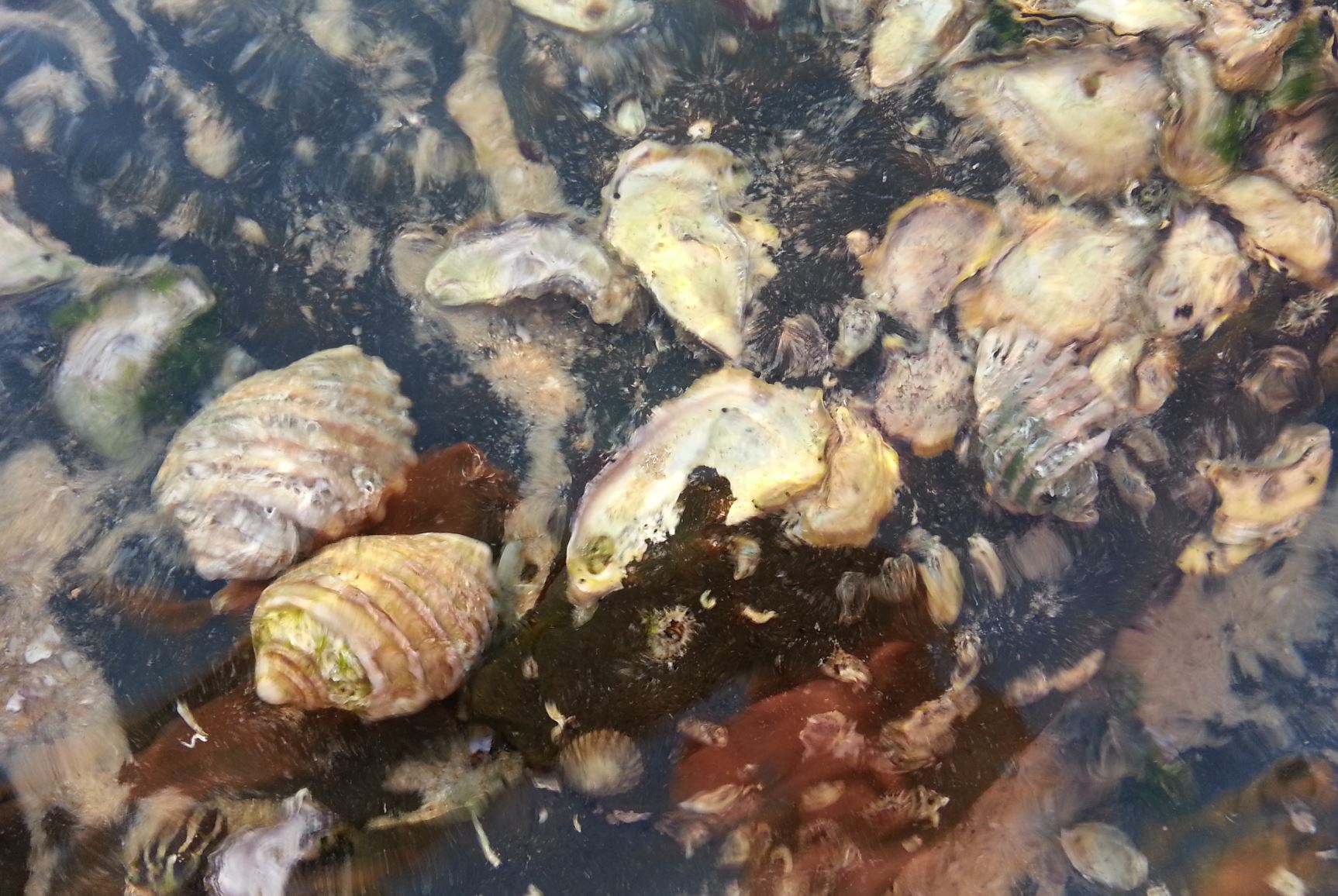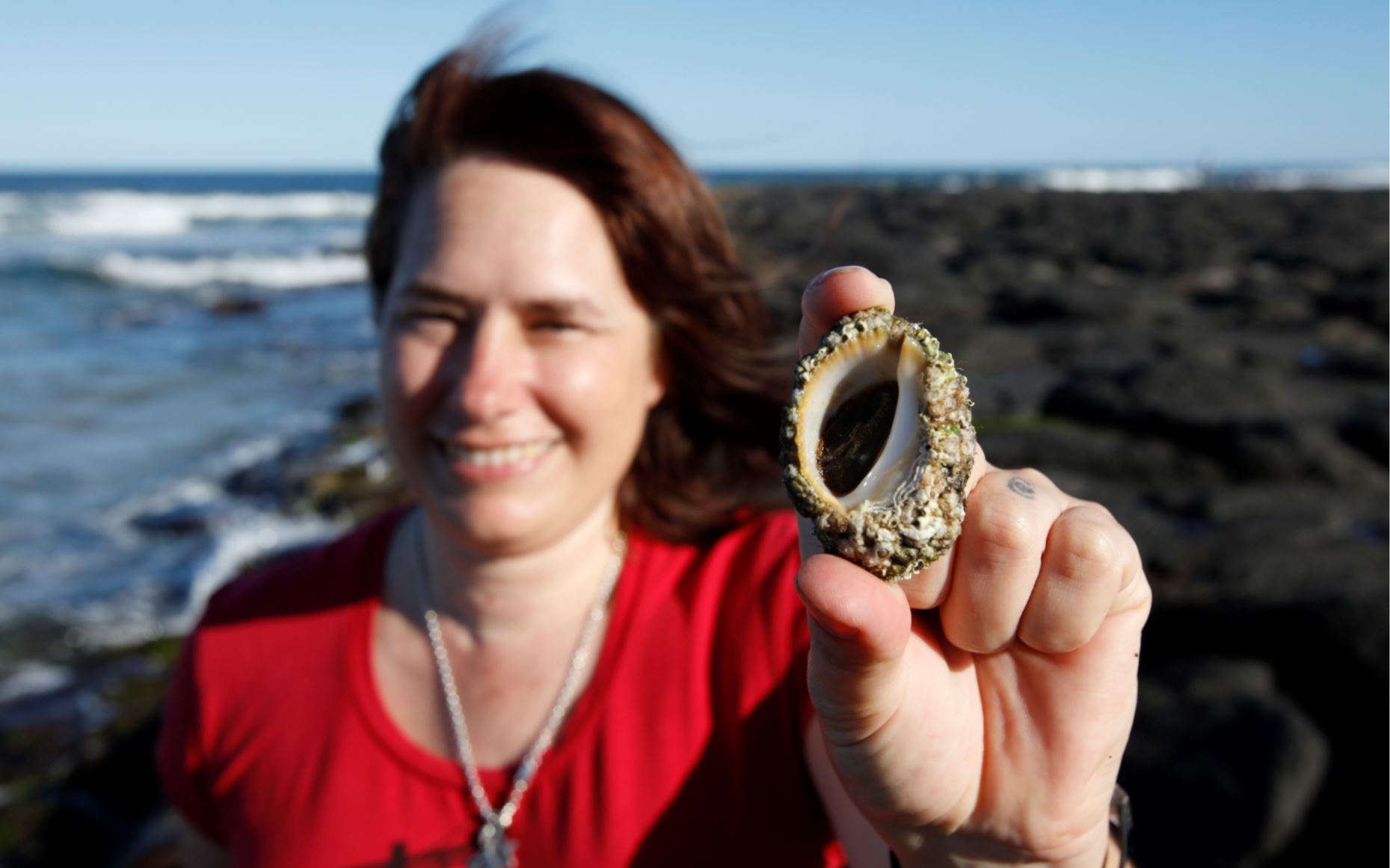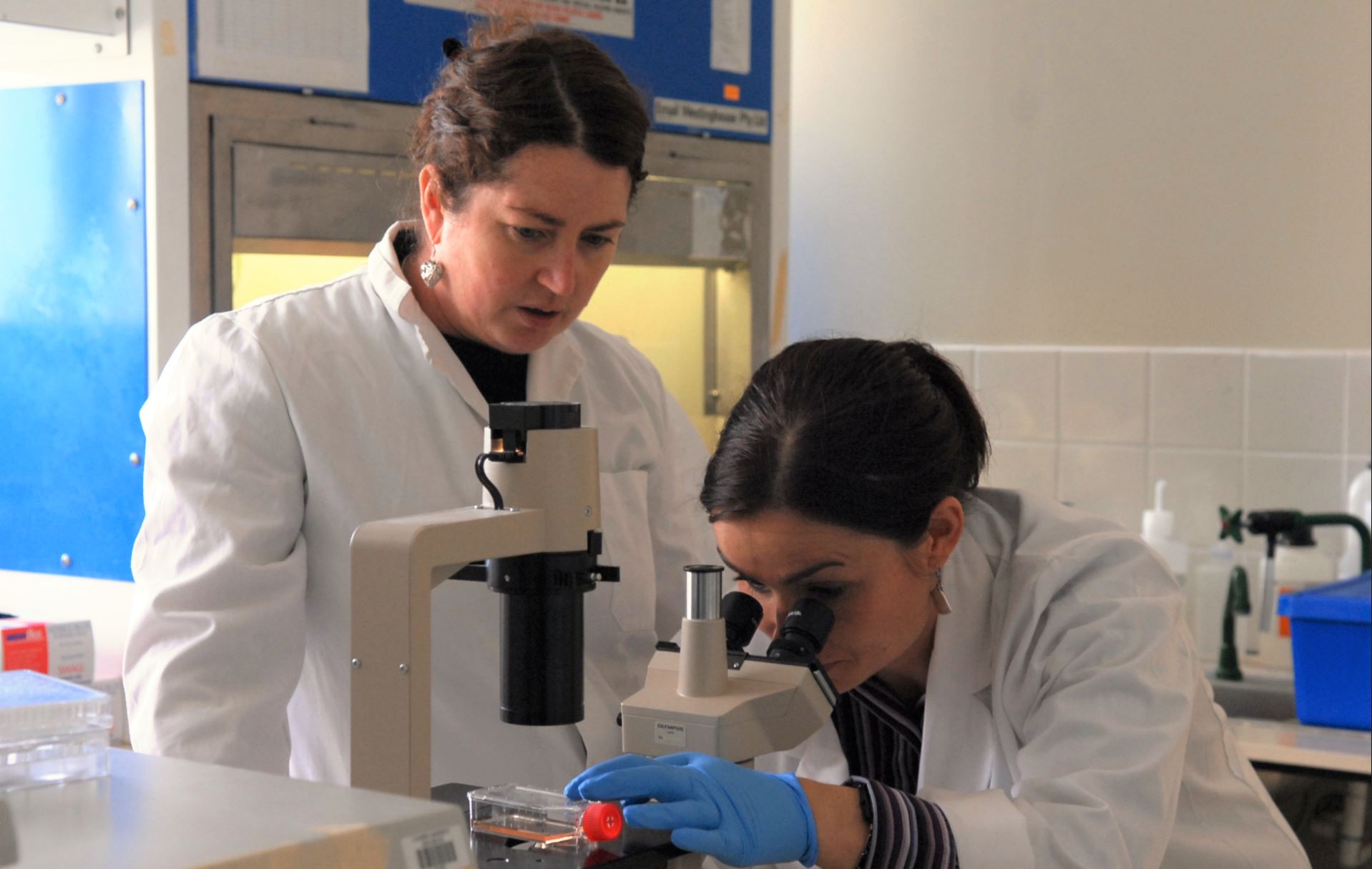
The remarkable ability of a small Australian sea snail to produce a colourful purple compound to protect its eggs is proving even more remarkable for its potential in a new anti-cancer pharmaceutical.
Researchers at Flinders University, Southern Cross University and Monash University in Australia have isolated one compound in the gland secretions from the Australian white rock sea snail (Dicathais orbita) which has not only antibacterial and anti-inflammatory qualities, but powerful anti-cancer properties.
“After a decade of work, we have found an active compound derived from the substance produced by the mollusc’s gland which could be used as a preventative in bowel cancer,” says senior lead scientist Professor Catherine Abbott from Flinders University. “We’re very excited about these latest results and hope to attract investment from a pharma company to work on a new drug to reduce development of colorectal cancer tumours.”
Using the latest mass spectrometry technology, the research team has been able to pinpoint the lead active compound which, in future, could be put to good work.
Colorectal cancer is the second leading cause of the 9.6 million cancer deaths every year, with the World Health Organization reporting 862,000 deaths in 2018.
Natural compounds from marine and terrestrial plants and animals are valuable sources of current and future medicines for human health, says Southern Cross University marine scientist Professor Kirsten Benkendorff, who is also researching the snail species’ anti-inflammatory properties.

“In this latest research we have not only shown that a specific snail compound can prevent the formation of tumours in a colon cancer model, but we were also able to use sophisticated technology to trace the metabolism of the compound inside the body,” says Professor Benkendorff. “This is very important for drug development because it helps demonstrate the absence of potentially toxic side-effects”.
Along with tracking the active compound inside the body to confirm it reaches the colon where it has the anti-tumour effect – which is important for oral drug delivery – the snail compound comes from a class of compounds called “indoles” which are commonly found in both natural plant medicines and some pharmaceuticals.
“We were able to use the fact that snail compounds contains bromine like a unique fingerprint to trace how these types of compounds are metabolised inside the body and identify some potentially toxic metabolites from the crude extracts that were not found with the pure snail compound,” Professor Benkendorff adds.
“This research is very important for understanding the safety of these types of natural compounds for human medicine.”
The new publication, Mapping insoluble indole metabolites in the gastrointestinal environment of a murine colorectal cancer model using desorption/ionisation on porous silicon imaging’ (2019) by DA Rudd, K Benkendorff, C Chahal, T Guinan, OJR Gustafsson, B Esmaeelian, H Krysinska, L Pogson, NH Voelcker and CA Abbott will be published in Scientific Reports (Springer Nature).


